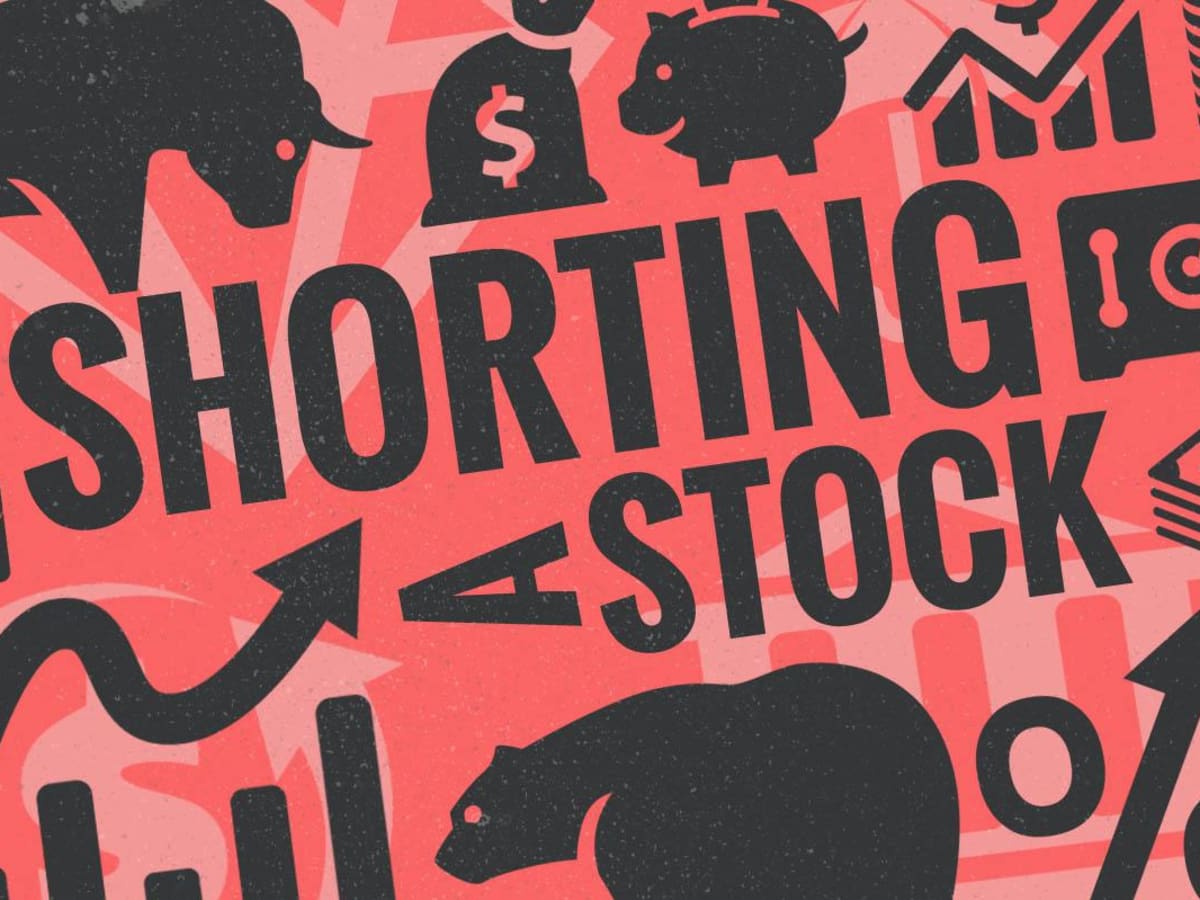#stock #bearish #DOJ #criminal #short #selling #naked #cover #SEC
“Short selling is a Bearish investment practice, aka Shortcell, it has been and still is the subject of extensive US Department of Justice criminal investigations”— Paul Ebeling
The Justice Department has issued a subpoena investigating the relationship between hedge fund short sellers and research firms that have issued negative reports about certain companies.
Shortcells came into the limelight in Y 2021 as a flood of individual investors was brought to social media to criticize the lack of regulation of short sellers and the turmoil they could bring to the company’s reputation.
Investors who “short” stocks bet that the price of the stock will go down. They borrow stock for immediate sale, then wait for the price to drop, and then buy back the stock at a lower price. They bank the difference when they return the stock to the lender.
Borrowed stock can come from the broker’s inventory or from a customer to whom the broker can lend the stock. The shortseller pays interest to the lender until the shares are returned. If the price goes up instead of going down, the lender becomes a more valuable stock.
An investor who sells a borrowed stock must at some point buy back the stock and return it to the lender. The act of buying back shares to cover or close a transaction is called a short cover.
To be profitable, investors who have sold out their stock must be able to buy it back at a low price.
Occasionally, when the price of short stock soars, short sellers may be forced to buy back the stock at a higher price to limit losses. If there is a flood of demand from short sellers who are about to close their bets, which further boosts the rise in stock prices, the result is known as short squeeze.
Some short-selling companies had to rush to cover the sold-out GameStop (NYSE:GME) stock when individual investors piled up and prices soared in late January. In the GameStop example, “short squeeze” is the profit of the stock.
When an investor buys stock in anticipation of a rise in stock prices, it is difficult to know how much of a day’s trading is the result of a short-term or long-term purchase. However, if the trading volume in the session far exceeds the number of shorted shares, the price action for the day cannot be fully explained by the short cover.
Shortsellers can face significant losses as there is no limit to how high the stock price can be. They would have paid the market price to cover their bets. Another risk of short-selling is the availability of inventory. Shortsellers need to return as many shares as they have borrowed, even if there are only a few shares for sale.
Some short sellers are able to predict price declines by looking for flaws in the company’s operations and finances.
Long-term investors submit Quarterly reports to US regulators and disclose detailed snapshots of their holdings, while short-term investors are much less scrutinized by regulators.
In a review of this year’s meme stock frenzy, Securities and Exchange Commission staff said, “Improved short-sales reporting will help regulators better track these dynamics.” Disclosure reform is currently on the agenda of the SEC.
And then there are the big risk taking SS/MMs who go naked, hoping the company goes bankrupt and do not have to cover…I believe that is Criminal and under the law it is!
Have a prosperous weekend, Keep the Faith!









